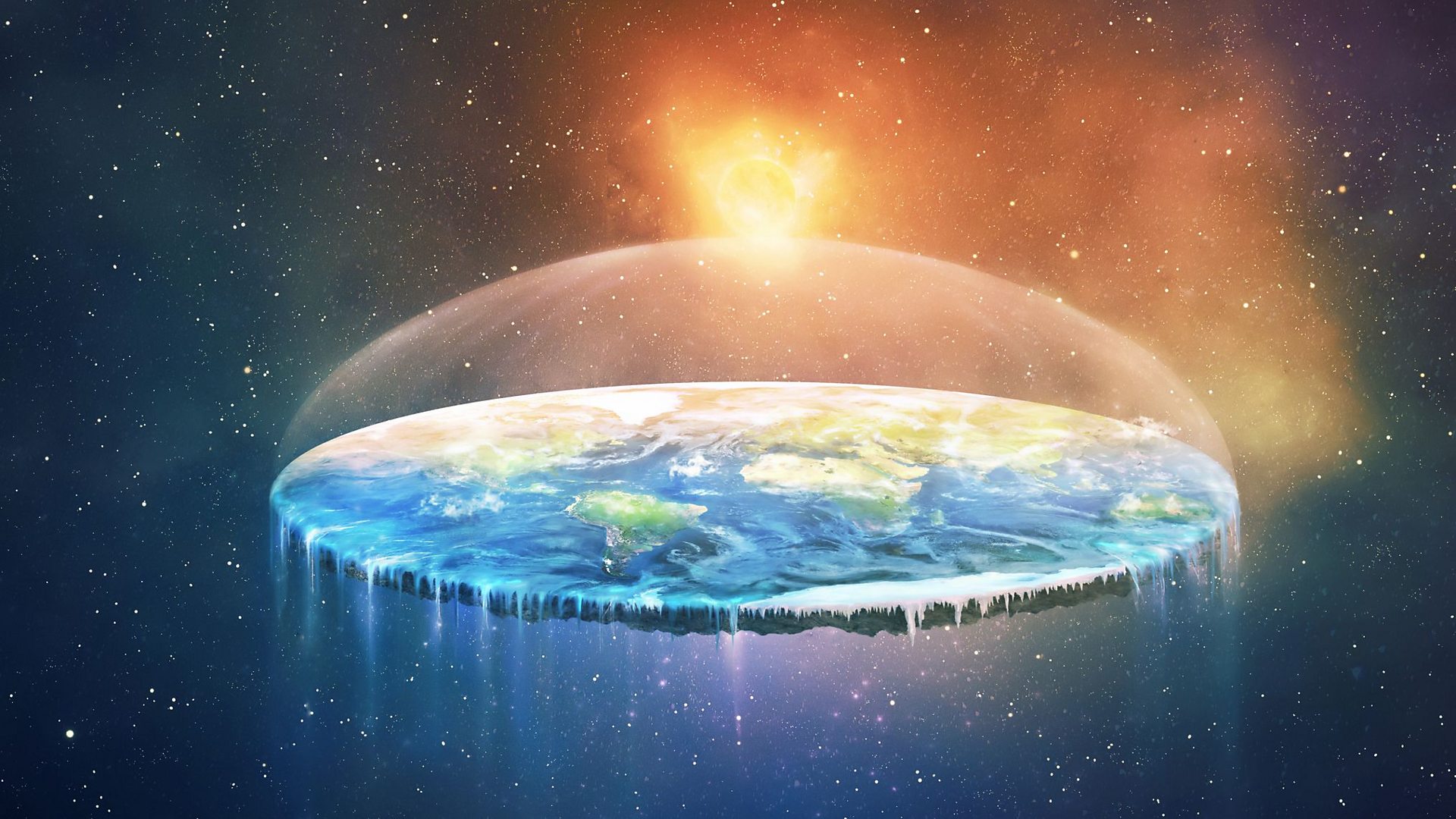There Might Have Been Another Race Before Humans
The internet has changed human society in many ways, both good and bad. On the plus side, sites like Wikipedia, Google, and YouTube have given us entirely new ways to learn. Online stores have revolutionized the way we shop, and social media has reminded us how important it is to make other people think that our lives are way better than they actually are.
On the flip side, the internet has also provided a platform for conspiracy theorists to gather and share absolutely wild ideas. Did you know that some people genuinely believe the war in Iraq was orchestrated to prevent Saddam Hussein from using a Stargate to start an intergalactic war? Or what about the theory that the Large Hadron Collider at CERN was built not to study physics but to summon an Egyptian god?
Flat Earthers? I’m still on the fence about them. I know their ideas are a little radical, but can so many people really be wrong? I mean, there are literally hundreds of thousands of Flat Earthers spread all around the globe. Wait a minute…
Arguably, the most ridiculous conspiracy theory out there claims that planet Earth is currently being run by a master race of shape-shifting, blood-drinking aliens. I’ll admit, there are a few people in power who could pass as lizard-like under the right lighting, but it should be obvious to anyone with a fully functioning brain that Earth isn’t ruled by intelligent reptiles — at least not anymore.
Because, according to the Silurian hypothesis, there’s a chance that lizard men were indeed in charge at some point in the distant past. Named after an ancient race of intelligent reptiles from British TV series Doctor Who, the Silurian hypothesis was published in the International Journal of Astrobiology in 2018 by climatologist Gavin Schmidt and astrophysicist Adam Frank. But while the name of the paper sounds straight out of sci-fi, the science behind it is deadly serious.
At its core, the Silurian hypothesis is based on a simple question: Were we humans the first advanced civilization to exist on Earth? Now, I know what you’re thinking: “Of course we bloody were!” But before we dump the Silurian hypothesis into the loony bin alongside reptilian conspiracy theories, let me rephrase that question: If there was an advanced civilization on Earth that died out millions of years ago, how would we know? And don’t say, “Because we would have found a dinosaur with a Nokia 3310 up its ass,” because as it happens, there’s a good chance we wouldn’t.
The Silurian hypothesis may be named after fictional lizard people, but this hypothetical ancient civilization could have been anything — overhominids, ancient dolphins, squid people, even sentient manure. It might seem unlikely that human-like intelligence evolved millions of years before we did, but there’s no reason it couldn’t have. We tend to think of humans as the pinnacle of evolution, as though we’re the end goal of life’s progress. But evolution has no end goal. Intelligence is just another adaptation, and it’s evolved many times on Earth in various forms.
According to Schmidt and Frank, there has been enough fossil fuel on Earth to power a civilization like ours since the Carboniferous period, around 350 million years ago. So, it’s possible that another intelligent species evolved on Earth during that time and had enough resources to build an industrial civilization.
But wouldn’t we have noticed by now if that were the case? Well, you can sweep a lot of history under a 350-million-year-old rug. Ancient civilizations like the Incas and Romans left behind artifacts and structures that we can dig up, but over millions of years, even mighty monuments like the pyramids would be ground into dust. Earth’s surface is constantly changing due to erosion, volcanic activity, and tectonic shifts. Over millions of years, direct physical evidence of a globe-spanning civilization would likely vanish.
But what about fossils? Fossils only form under very specific conditions, and even then, they mostly come from marine animals. The fossil record is incredibly patchy, and it’s estimated that only about 0.1% of all species that ever lived are represented in it. If there was an advanced civilization millions of years ago, we couldn’t rely on fossils to find them.
However, we might be able to detect their existence by looking at the geological record. Humans are fundamentally changing the makeup of our planet. We’re shifting the balance of carbon isotopes in the atmosphere, rerouting the nitrogen cycle, digging up rare earth elements, and dumping plastic into the oceans. These changes will be recorded in the rocks that form the geological record of the human era — the Anthropocene. Millions of years from now, advanced species could study this layer and see evidence of a past civilization.
Interestingly, scientists have already found one such layer. Around 55.5 million years ago, during the Paleocene-Eocene Thermal Maximum (PETM), Earth experienced drastic changes. Atmospheric carbon levels shifted, global temperatures rose, and there was even a mass extinction event. Some scientists believe this could have been caused by a massive release of fossil carbon, but no one knows where it came from.
While it’s unlikely that the PETM was caused by an ancient civilization, it raises an important point. Even if such a civilization did exist, identifying its traces would be difficult. We’re assuming that an ancient civilization would have done things the same way we do, but if they didn’t rely on fossil fuels or reached a certain level of technology before collapsing, we might never find them.
Ultimately, the Silurian hypothesis isn’t about proving whether we were Earth’s first advanced civilization. It’s a thought experiment designed to make us consider the possibility. Schmidt and Frank don’t believe an ancient civilization is lurking in Earth’s history, but they’ve shown that we can’t completely rule it out.
Who knows? Maybe there’s evidence of an ancient, advanced species buried deep beneath our feet, just waiting to be discovered. After all, we didn’t even know about dinosaurs until 200 years ago. Could we one day unearth the remains of a lost civilization? Only time will tell.







